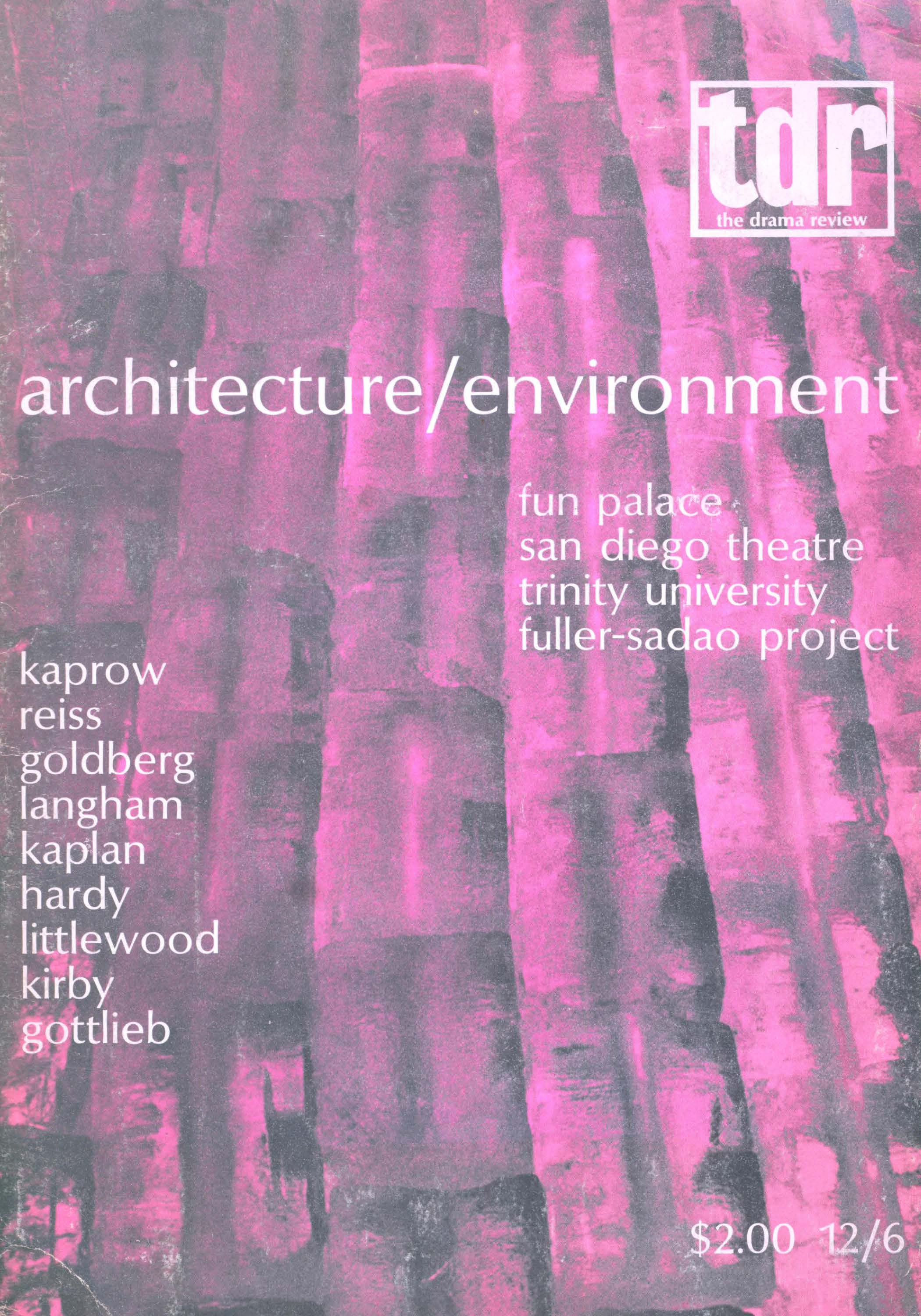Article contents
Caste, Politics, and Art
Published online by Cambridge University Press: 07 December 2021
Extract
Indian civilization is made up of many strands, woven together by the invasions, assimilations, and proselytizings which have characterized its history and prehistory. Generally, however, elements of the Sanskritic culture brought in by Aryan invaders (conjecturally from the Middle East) around 1500 B.C. are dominant, though the farther one gets from the northern regions of India, the less apparent this dominance becomes. The question whether the culture of southern India is a remnant of the pre-Aryan civilization of India or also was imported has never been resolved. However, regional differences in culture within the framework of a Sanskritic civilization are not disputed, nor is the fact that southern India is less Sanskritic in culture than northern India.
Such differences manifest themselves in a variety of customs, artifacts, arts, languages, and rituals.
- Type
- Theatre and Politics
- Information
- Copyright
- Copyright © 1971 The Drama Review
References
1 Irschick, Eugene, Politics and Social Conflict in South India (Berkeley: University of California Press, 1969), p. 280.Google Scholar
2 Gerth, Hans and Mills, C. W., eds., Essays from Max Weber (New York: Oxford University Press, 1946 p. 51.Google Scholar
3 Srinivas, M. N., “The Cohesive Role of Sanskritisation,” in Mason, Philip, ed., India and Ceylon: Unity and Diversity (New York: Oxford University Press, 1967), pp. 67–82.Google Scholar
- 2
- Cited by


